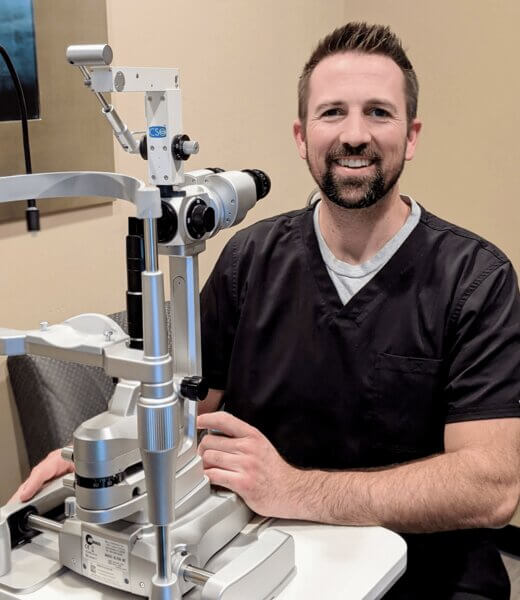Reduce Eye Strain Tips: In a digital age dominated by screens, office workers often find themselves battling the adverse effects of prolonged screen time. This comprehensive guide unveils practical tips and insights to combat Computer Vision Syndrome, ensuring a healthier and more comfortable work experience.
Understanding Computer Vision Syndrome
Computer Vision Syndrome (CVS) is a condition affecting those who spend significant hours in front of screens. Symptoms range from eye strain to headaches, impacting productivity and well-being.
Symptoms and Causes
The telltale signs of CVS include blurred vision, dry eyes, headaches, and neck pain. Prolonged screen time, poor lighting, and incorrect screen distances contribute to these symptoms.
The Impact of Prolonged Screen Time
Long hours in front of screens can lead to eye strain and discomfort, affecting both work performance and personal well-being.
Eye Strain and Discomfort
The strain caused by continuous screen exposure can result in discomfort, affecting focus and overall eye health.
Ergonomic Workspace Design
Creating an eye-friendly workspace is crucial for preventing CVS. Proper desk and chair height, along with screen positioning, can significantly reduce strain.
Setting Up an Eye-Friendly Office Space
Adjusting chair height, ensuring the screen is at eye level, and maintaining a comfortable distance all contribute to an ergonomic workspace.
Tips for Proper Lighting
The right lighting can make a substantial difference in reducing eye strain and discomfort during prolonged screen use.
Reducing Glare and Adjusting Lighting
Minimizing glare, using soft ambient lighting, and positioning lights properly can alleviate strain on the eyes.
The 20-20-20 Rule
Implementing the 20-20-20 rule helps alleviate eye strain by encouraging regular breaks and refocusing.
Importance of Regular Breaks
Taking breaks every 20 minutes to look at something 20 feet away for at least 20 seconds helps prevent eye fatigue.
Eye Exercises
Strengthening eye muscles through simple exercises can contribute to reducing strain and improving overall eye health.
Blue Light Filters and Glasses
Technology offers solutions like blue light filters and glasses designed to mitigate the impact of screen exposure.
How They Work and Do They Help?
Exploring the effectiveness of blue light filters and glasses in reducing eye strain and protecting eyes from harmful blue light.
Computer Glasses
Understanding the benefits of computer glasses and how they contribute to minimizing eye strain during extended screen time.
How They Work and Do They Help?
Exploring the effectiveness of computer glasses in reducing eye strain and enhancing visual comfort.
Healthy Work Habits
Incorporating healthy work habits, including maintaining proper posture and screen distance, is essential for preventing eye strain.
Proper Posture and Screen Distance
Tips for maintaining an ergonomic posture and ensuring the right distance between the eyes and the screen.
Importance of Blinking
Frequent blinking is often overlooked but plays a crucial role in preventing dry eyes and reducing eye strain.
Nutrition for Healthy Eyes
Discover the impact of nutrition on eye health and explore foods that promote optimal vision and reduce eye strain.
Foods That Promote Eye Health
Including nutrients like omega-3 fatty acids, vitamin A, and antioxidants in your diet for better eye health.
Hydration Tips
Staying hydrated is integral to overall health, including maintaining optimal eye function and reducing eye strain.
Staying Hydrated for Optimal Eye Function
The connection between hydration and eye health, and tips for ensuring adequate water intake.
Impact of Sleep on Eye Health
Quality sleep is a cornerstone of well-being, and its impact on eye health cannot be overstated.
Importance of Quality Sleep
Understanding how sleep influences eye health and implementing strategies for better sleep.
Incorporating Mindfulness
Reducing eye strain through mindfulness techniques, including relaxation exercises and mental breaks.
Balancing Screen Time
Finding the right balance between work, screen use, and personal time to promote overall eye wellness.
Maintaining Regular Eye Check-ups
Regular eye exams are essential for detecting and addressing potential vision issues early on.
Technology Breaks
Detoxing from screens by scheduling technology breaks to allow your eyes to rest and recover.
FAQs
Are computer glasses effective in reducing eye strain?
Yes, computer glasses are designed to reduce glare and filter out blue light, easing eye strain during prolonged screen use.
How often should I follow the 20-20-20 rule?
Adhering to the 20-20-20 rule is recommended every 20 minutes, giving your eyes a 20-second break by looking at something 20 feet away.
Can poor posture contribute to computer vision syndrome?
Yes, maintaining poor posture can contribute to eye strain. Ensuring ergonomic posture minimizes strain on the eyes and neck.
Is it necessary to use blue light filters on screens?
Using blue light filters can significantly reduce eye strain by minimizing exposure to harmful blue light emitted by screens.
What foods can help in reducing eye strain?
Foods rich in omega-3 fatty acids, vitamin A, and antioxidants contribute to eye health and can help reduce eye strain.
How can I create a more eye-friendly workspace?
Ensure proper lighting, ergonomic furniture, and optimal screen positioning for a comfortable and eye-friendly workspace.
Conclusion: By implementing these tips and making small adjustments to your work environment and habits, you can effectively reduce the impact of Computer Vision Syndrome. Prioritizing eye health not only enhances your overall well-being but also contributes to sustained productivity and comfort in your daily work routine.
Tatum Eyecare is North Phoenix’s premier family eye care center. We’ve spared no expense to create the most pleasant, comfortable patient experience… including the finest furnishings, the best selection of prescription eyeglass frames, the most cutting-edge technology, and the most outstanding team of industry professionals. Come see why the choice for family eye care in the Valley has never been clearer.


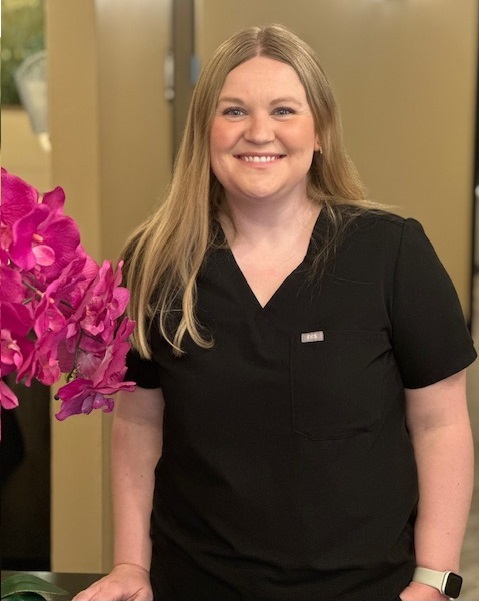
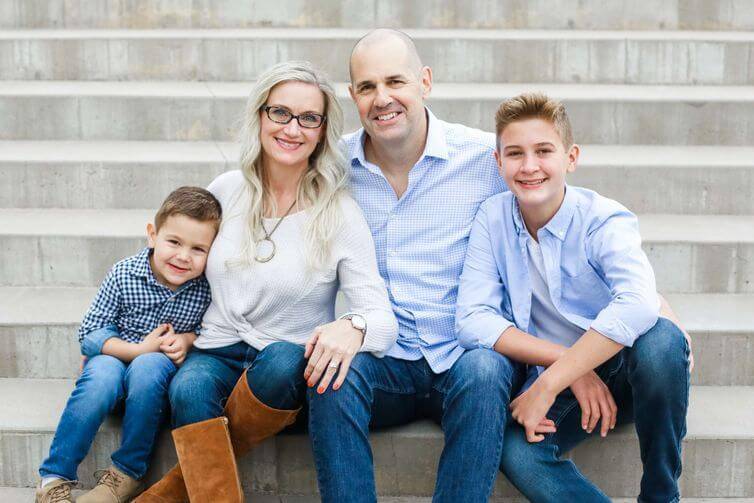

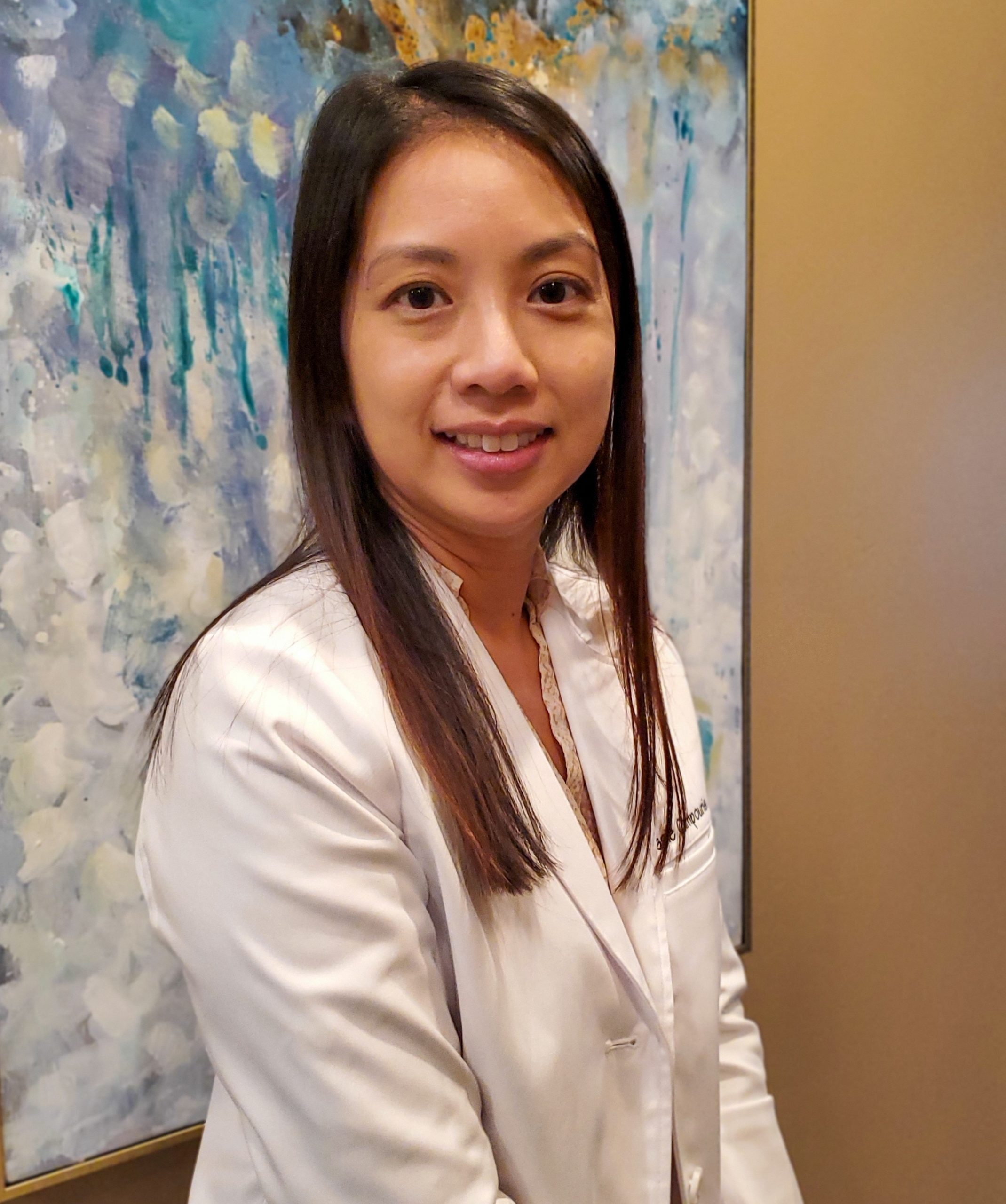
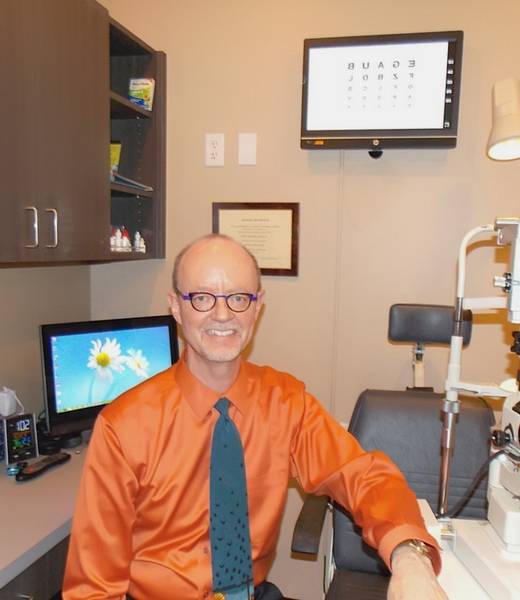

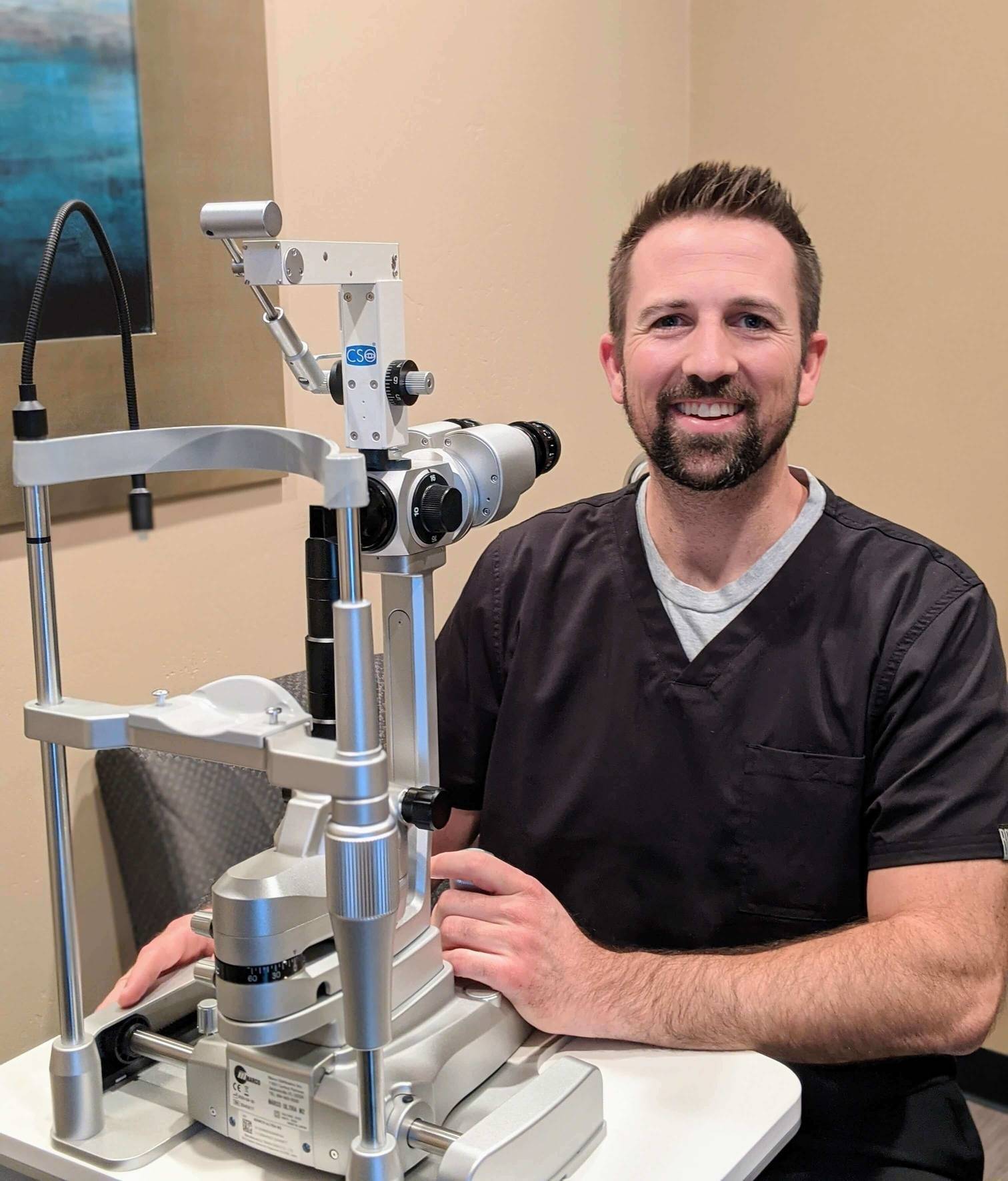
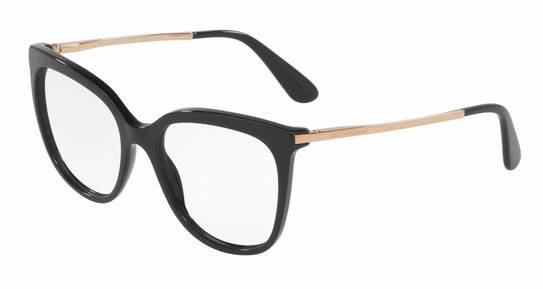






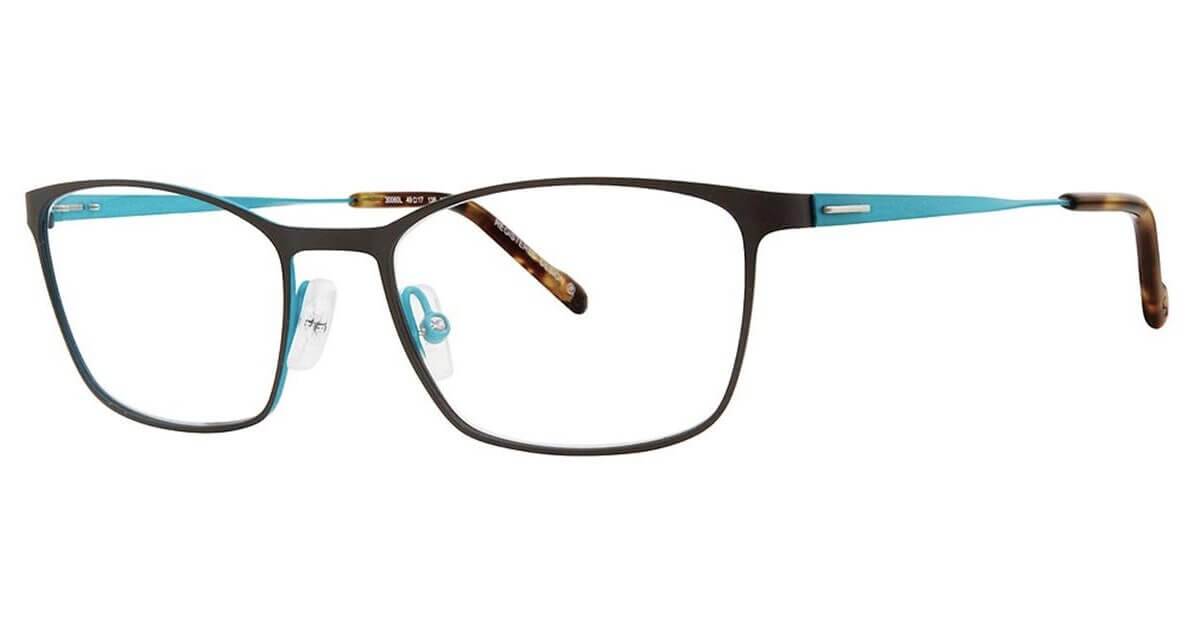

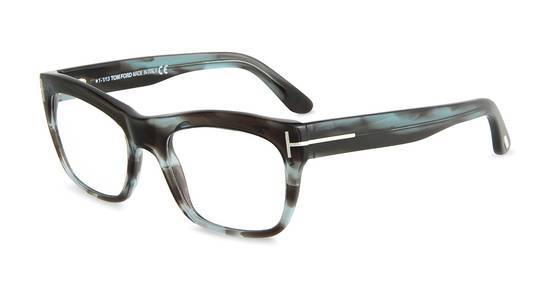
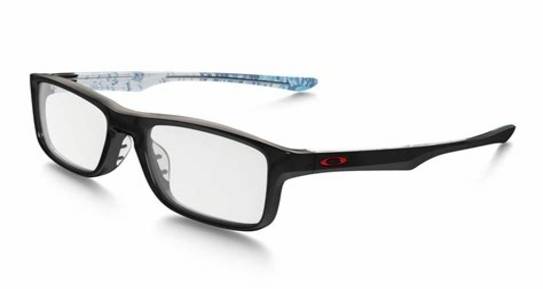
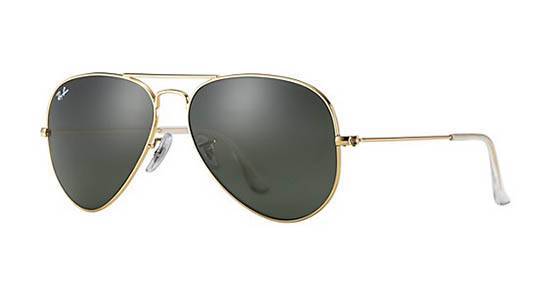
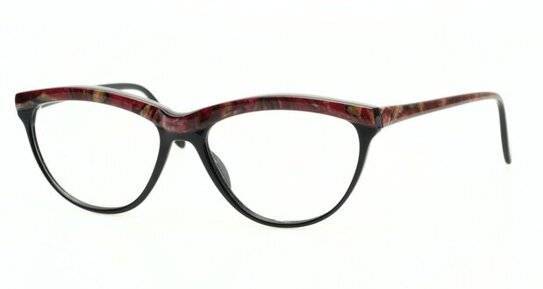
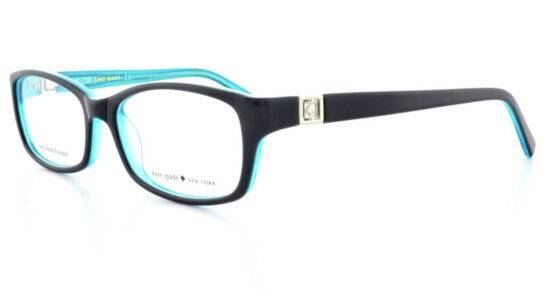
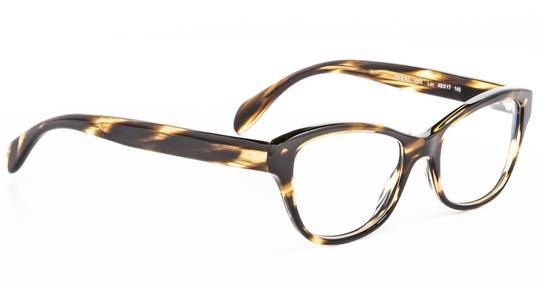
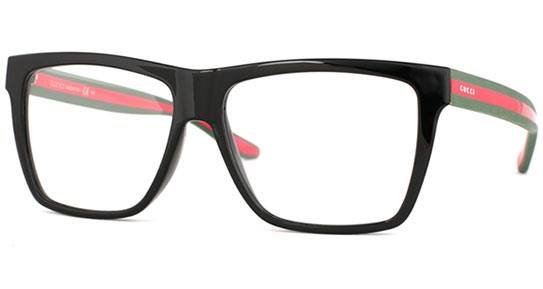
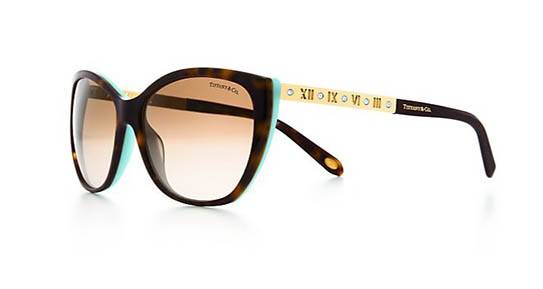
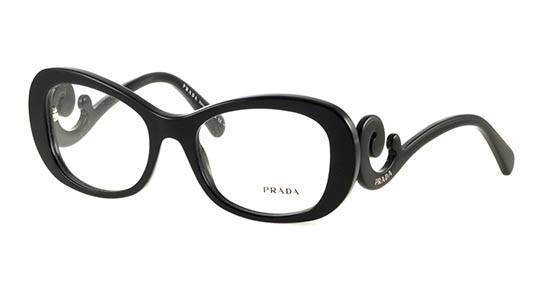
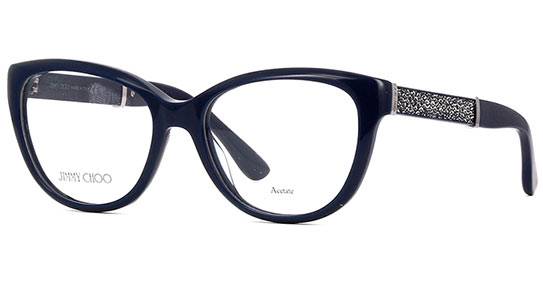
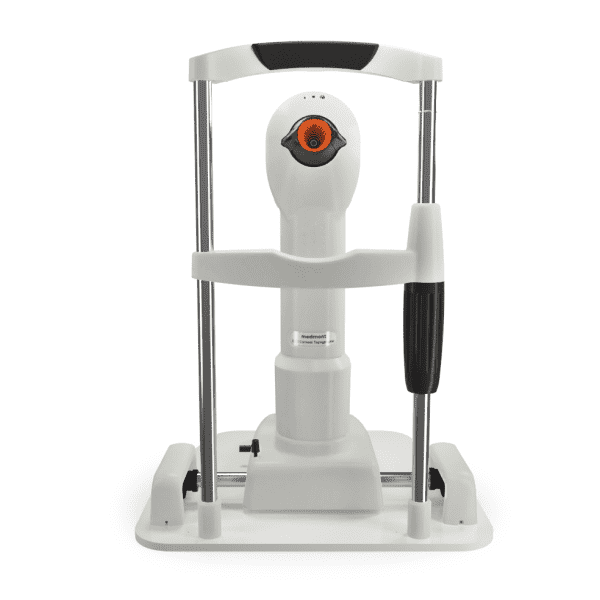
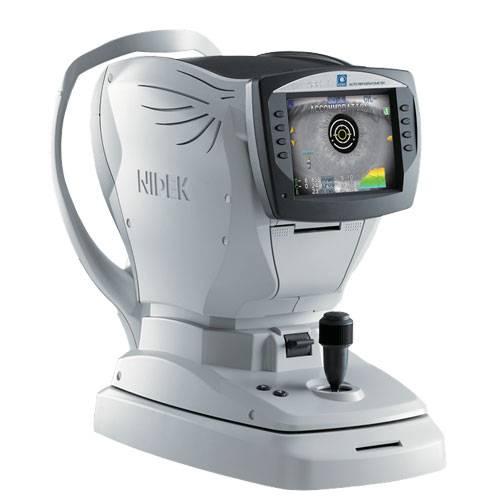
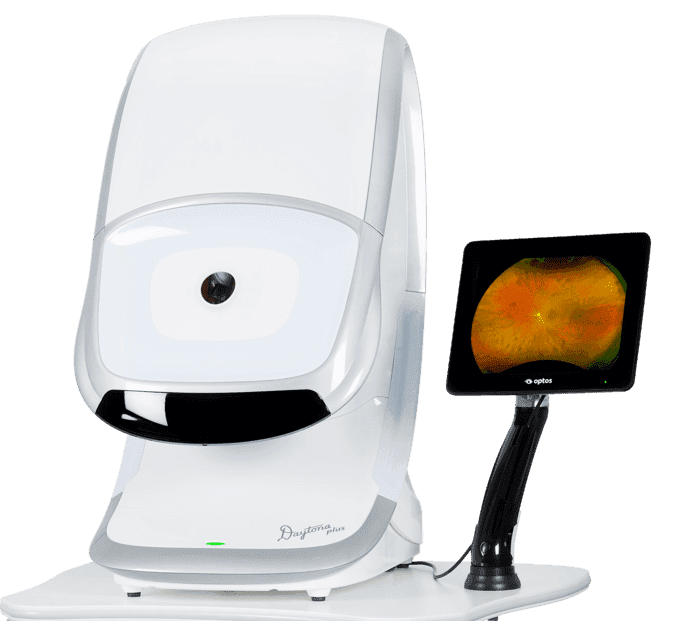
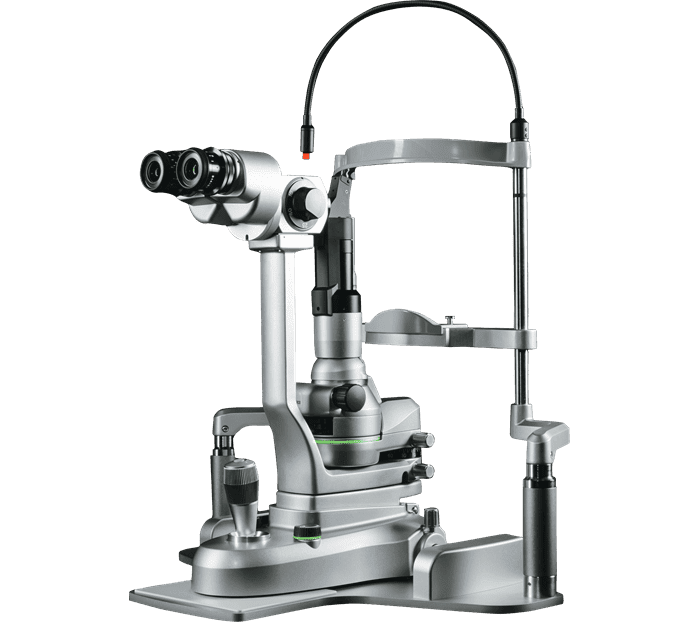
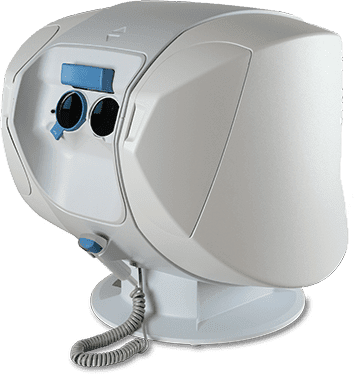
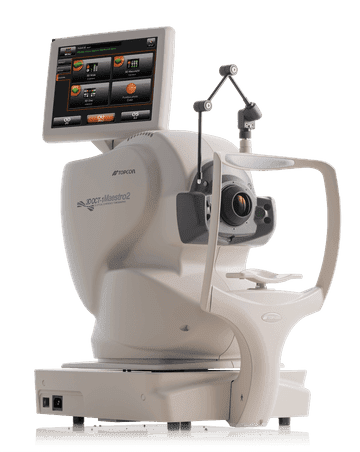
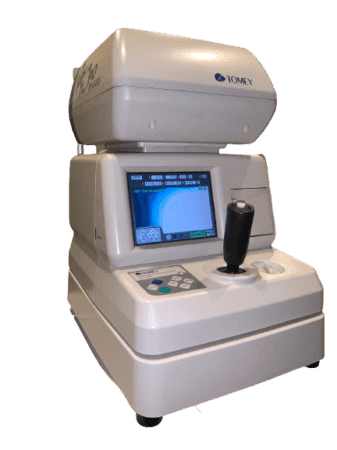
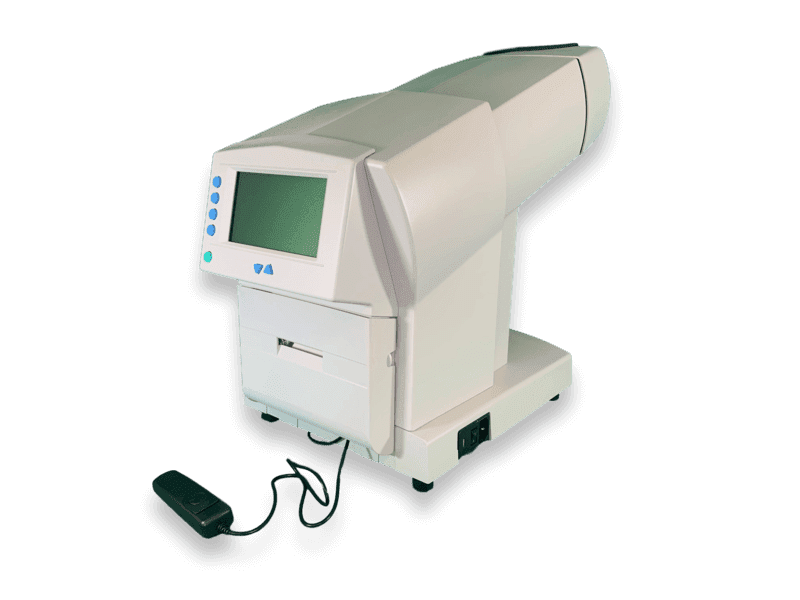
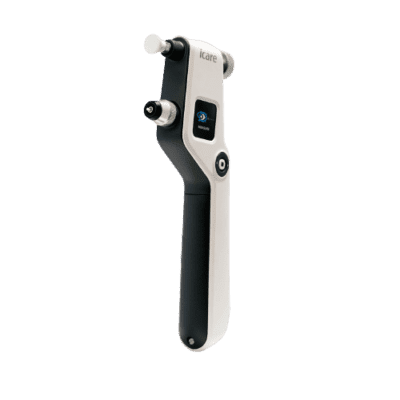
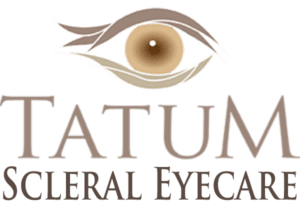
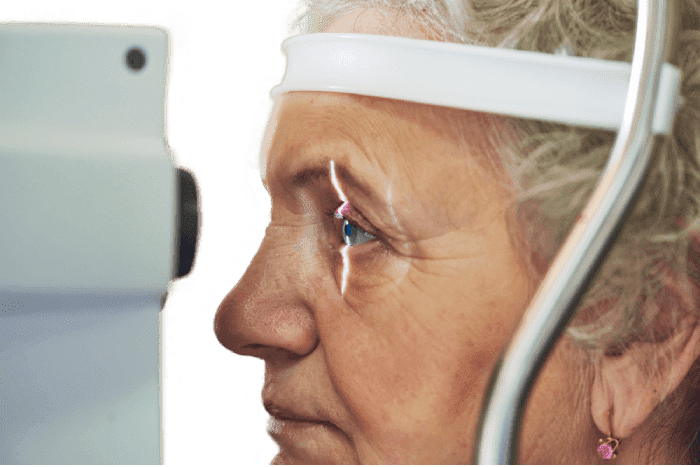
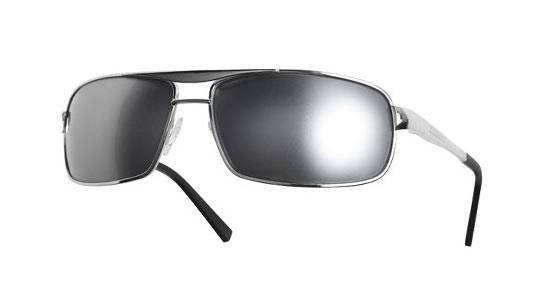 Dillon Optics, the performance eyewear arm of Dillon Precision, have a unique non-reflective, matte lens appearance incorporated with NIR lens technology. This produces noticeably sharper clarity, and protects the lens from damage and harmful environmental conditions. Perfect for outdoor sports and activities where precision vision is required. Tatum Eyecare carries a wide variety of Dillon Optics eyewear.
Dillon Optics, the performance eyewear arm of Dillon Precision, have a unique non-reflective, matte lens appearance incorporated with NIR lens technology. This produces noticeably sharper clarity, and protects the lens from damage and harmful environmental conditions. Perfect for outdoor sports and activities where precision vision is required. Tatum Eyecare carries a wide variety of Dillon Optics eyewear.




